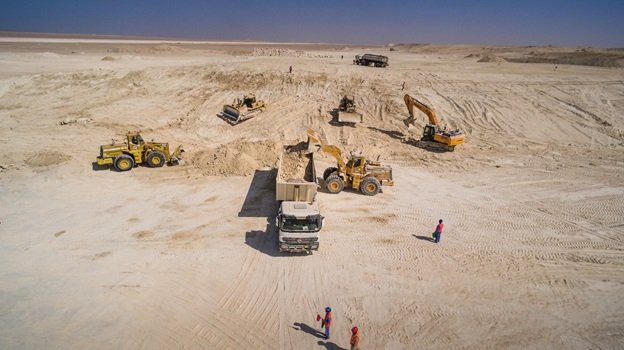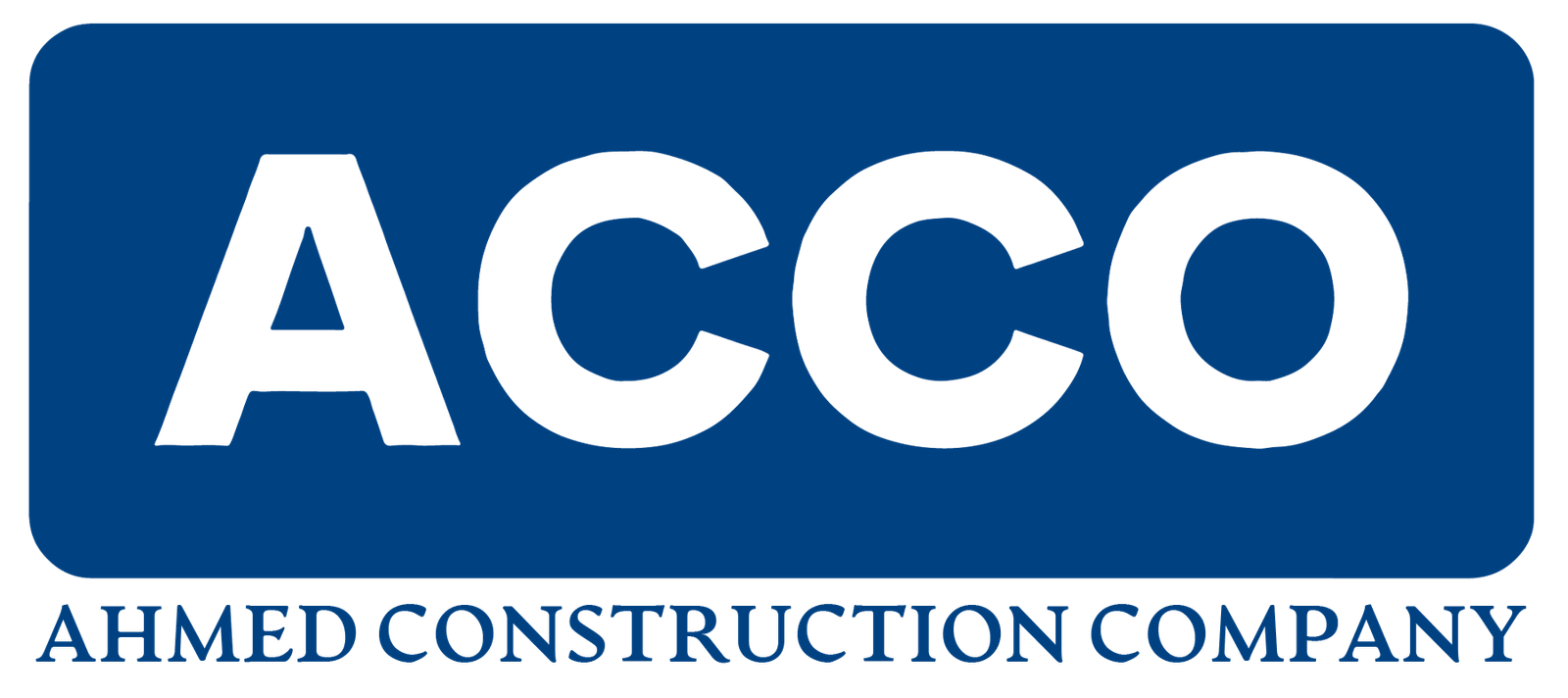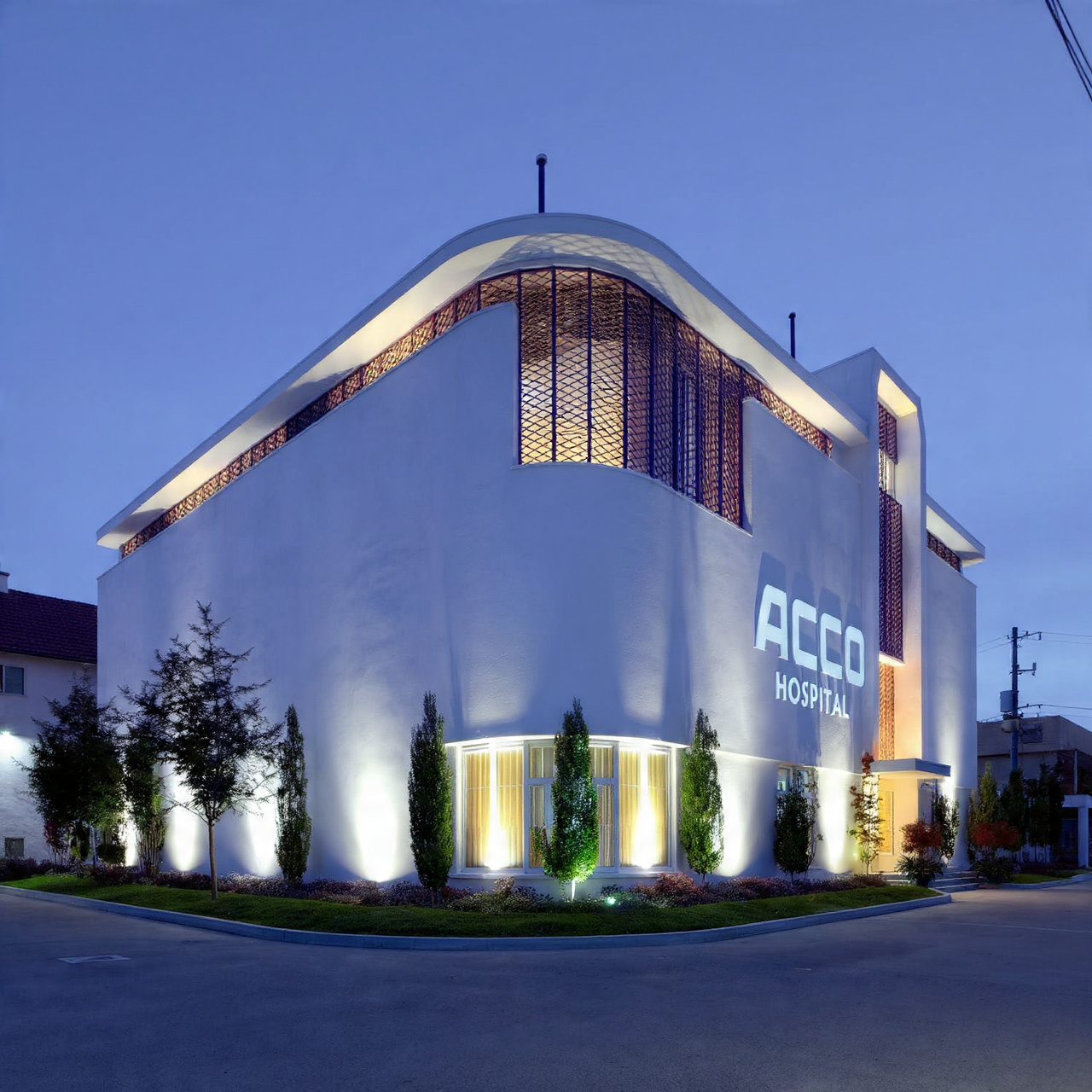
Site Preparation and Foundation Work for Textile Mills
Building a textile mill is a complex endeavor that starts with meticulous site preparation and foundation work. These initial steps are crucial to ensure the stability, longevity, and efficiency of the entire structure. At Ahmed Construction Company, we understand the importance of these foundational stages and bring our expertise to every project. In this blog, we will detail the key aspects of site preparation and foundation work for textile mills, ensuring that you are well-informed about the process and its significance.
1. Site Assessment and Planning
Site Evaluation
The first step in site preparation is a thorough evaluation of the chosen location. This includes assessing the topography, soil composition, drainage patterns, and any potential environmental concerns. Geotechnical investigations are conducted to determine the soil’s bearing capacity and identify any issues that might affect construction.
Environmental Impact Assessment
Conducting an environmental impact assessment (EIA) is essential to identify and mitigate any adverse effects on the environment. This includes evaluating the impact on local ecosystems, water resources, and air quality. Necessary measures are taken to comply with environmental regulations and minimize the ecological footprint.
Zoning and Permits
Ensure that the site complies with local zoning laws and regulations. Obtain all necessary permits and approvals from relevant authorities before commencing construction. This includes building permits, environmental clearances, and any other required documentation.
2. Site Clearing and Grading
Clearing the Land
The site must be cleared of any vegetation, debris, and existing structures. This involves the removal of trees, shrubs, rocks, and any other obstacles that might hinder construction. Proper disposal of cleared materials is also important to maintain environmental compliance.
Grading and Leveling
Grading involves leveling the site to create a stable and even surface for construction. This step is crucial to ensure proper drainage and prevent water accumulation around the foundation. Grading may involve cutting and filling earth to achieve the desired elevation and slope.
3. Establishing Utility Connections
Utility Infrastructure
Before foundation work begins, it’s essential to establish connections to essential utilities such as water, electricity, gas, and sewage systems. This involves coordinating with local utility providers to ensure that the necessary infrastructure is in place.
Temporary Facilities
Set up temporary facilities for the construction crew, including water supply, power sources, and sanitation facilities. These provisions are crucial to support the workforce during the construction phase.
4. Foundation Design and Engineering
Geotechnical Analysis
A detailed geotechnical analysis is conducted to understand the soil properties and bearing capacity. This information is used to design a foundation that can support the weight of the textile mill and withstand environmental conditions.
Foundation Types
The type of foundation chosen depends on the soil conditions and the structural requirements of the textile mill. Common foundation types include:
- Shallow Foundations: Suitable for stable soil conditions with adequate bearing capacity. Types include spread footings and mat foundations.
- Deep Foundations: Necessary for sites with weak or unstable soil. Types include pile foundations and drilled shafts.
Load-Bearing Capacity
The foundation design must ensure that the load-bearing capacity is sufficient to support the structure, machinery, and any dynamic loads. This involves calculating the weight distribution and designing the foundation to distribute loads evenly.
5. Excavation and Foundation Work
Excavation
Excavation involves digging the site to the required depth for the foundation. This includes removing soil and rock to create space for footings, piers, and other foundation elements. Proper excavation techniques are crucial to maintaining the stability of the surrounding soil.
Footing Construction
Footings are constructed at the base of the foundation to distribute the load evenly. This involves pouring concrete into excavated trenches or forms, reinforced with steel rebar for added strength. The size and depth of footings depend on the load-bearing requirements and soil conditions.
Foundation Walls and Slabs
Once the footings are in place, foundation walls and slabs are constructed. This involves setting up formwork, placing reinforcement bars, and pouring concrete to create a solid and durable foundation. The foundation walls provide vertical support, while the slabs create a stable base for the structure.
Curing and Waterproofing
After the concrete is poured, it must be properly cured to achieve maximum strength. This involves maintaining the moisture levels and temperature around the concrete for a specified period. Additionally, waterproofing measures are implemented to protect the foundation from moisture and prevent water infiltration.
6. Quality Control and Inspection
Quality Assurance
Throughout the foundation work, rigorous quality control measures are implemented to ensure that all construction activities meet the highest standards. This includes testing the concrete for strength, inspecting reinforcement placement, and verifying dimensions and alignment.
Inspection and Approval
Once the foundation work is complete, thorough inspections are conducted by qualified engineers and inspectors. This includes checking the structural integrity, verifying compliance with design specifications, and ensuring that all safety and regulatory requirements are met. Approval from relevant authorities is obtained before proceeding to the next construction phase.
7. Preparing for Superstructure Construction
Site Cleanup
After the foundation work is completed, the site is cleaned and prepared for the construction of the superstructure. This involves removing any construction debris, organizing materials, and setting up equipment for the next phase.
Setting Up Construction Equipment
Construction equipment and machinery required for building the superstructure are brought on-site and set up. This includes cranes, scaffolding, and other tools necessary for erecting the structural framework of the textile mill.
Conclusion
Site preparation and foundation work are critical steps in the construction of a textile mill. Proper planning, thorough assessments, and meticulous execution ensure that the foundation is strong, stable, and capable of supporting the entire structure. At Ahmed Construction Company, we bring our expertise and experience to every project, ensuring that your textile mill is built on a solid foundation.
If you are planning to construct a textile mill in Pakistan, contact Ahmed Construction Company today. Our team of experts is ready to assist you in laying the groundwork for a successful and efficient textile manufacturing facility.




